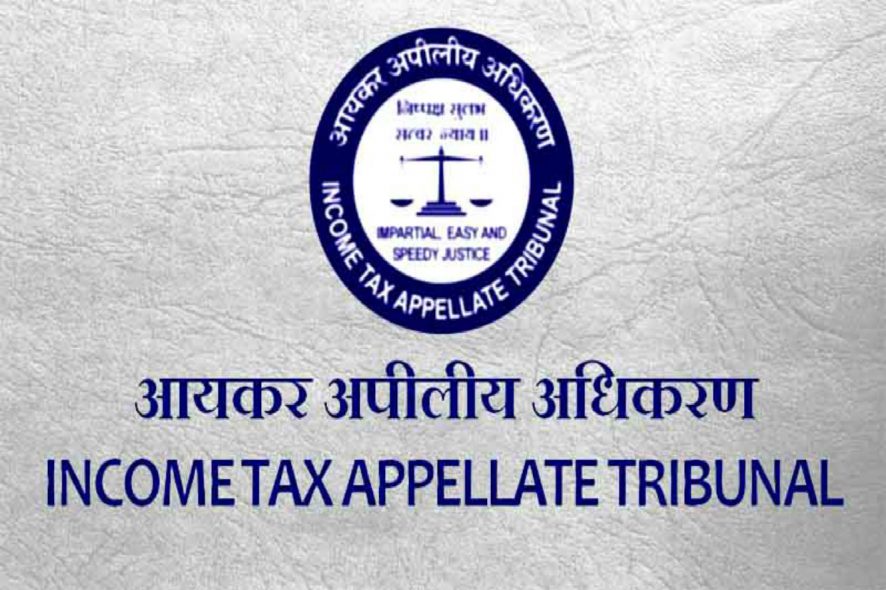Income Tax Appellate Tribunal (ITAT), Jaipur: The Bench of Vijay Pal Rao, JM and Vikram Singh Yadav, AM, held that, the benefit of CBDT Instruction No. 1916 dated 11-05-1994 will not take away the benefit of the explained jewellery acquired by the assessee.
The instant appeal was directed against the Order of CIT(A)-4, Jaipur.
The assessee is an individual and derives income from salary and other sources. When Search and Seizure under Section 132 of the Income Tax Act were carried out, gold and silver jewellery valued at Rs 32, 71, 895 were found from the residential premises of the assessee.
In the course of assessment proceeding, the assessee claimed benefit of CBDT Instruction No. 1916 dated 11-05-1994 to the extent of 850 gms. of jewellery in the hands of his wife, daughter and himself.
The AO accepted the above claim and allowed the said benefit, further the assessee added that the jewellery of 343.328 gms was purchased from time to time recorded in the books of account and all the jewellery is supported by purchase bill found during the course of search.
However, the above claim of the assessee was denied in giving the benefit of purchases made on the ground that this quantity of 343.328 gms. of gold jewellery is already the part of 850 gms. jewellery allowed as per CBDT Instruction No. 1916 dated 11-05-1994.
The above-stated action of denying the benefit by the AO was challenged by the assessee.
On being aggrieved by the order of CIT (A), the assessee filed the present appeal.
Decision
Bench observed that there is no dispute regarding the fact that jewellery to the extent 343.328 gms. represents the purchases made by the assessee from time to time which is duly supported by the purchase bills found during the search and seizure action.
Tribunal stated that:
Once the AO has not disputed the purchases made by the assessee of the said quantity of jewellery then the same cannot be treated as unexplained jewellery of the assessee.
Why did AO deny the benefit?
The AO denied the benefit of the said quantity of jewellery on the ground that since the benefit of reasonable jewellery to the extent of 850 gms. as per CBDT Instruction No. 1916 dated 11-05-1994 is already granted, therefore, to that extent, no further benefit can be granted.
Tribunal observed that it is pertinent to note that CBDT Instruction No. 1916 dated 11-05-1994 has explained in case of gold jewellery found in the possession of the assessee during the course of search and seizure activity and the assessee is not able to explain the same then the quantity prescribed under the said CBDT Instruction No. 1916 in respect of the married female member, unmarried female member and male member of the assessee would be treated as a reasonable holding of jewellery on account of the acquisition of that much jewellery on various occasions of marriages, other social & customary occasions as prevailing in the society.
Bench held that the quantity of jewellery which is otherwise explained by the assessee by producing the purchase bills as well as recorded in the books of account of the assessee and the AO had not disputed the said explanation then the quantity which is explained otherwise by producing the purchase bills and books of account would not be treated as part of the quantity of reasonable possession as prescribed under the said CBDT Instruction No. 1916 dated 11-05-1994.
Therefore, the benefit of CBDT Instruction No. 1916 dated 11-05-1994 will not take away the benefit of the explained jewellery acquired by the assessee.
In view of the above discussion, the quantity of jewellery to the extent of 343.328 gms has to be allowed separately as explained jewellery and no addition can be made to that extent.
No error was found in the Order of CIT (A) in regard to 50% of silver items and the addition sustained by CIT on account of unexplained jewellery was deleted.[Ram Prakash Mahawar v. DCIT Central Circle, Alwar; 2020 SCC OnLine ITAT 498, decided on 20-02-2020]
What is the CBDT Instruction No. 1916?
The Central Board of Direct Taxes has issued Guidelines/ Instruction No. 1916 dated 11th May, 1994 in the matter of seizure of jewellery, which reads:
Instances of seizure of jewellery of small quantity in the course of operation under section 132 have come to the notice of the Board. The question of a common approach to situation where search parties come across items of jewellery has been examined by the Board and following guidelines are issued for strict compliance.
(i) In the case of a wealth-tax assessee, gold jewellery and ornaments found in excess of the gross weight declared in the wealth-tax return only need to be seized.
(ii) In the case of a person not assessed to wealth-tax gold jewellery and ornaments to the extent of 500 gms. per married lady 250 gms per unmarried lady and 100 gms. per male member of the family, need not be seized.
(iii) The authorized officer may having regard to the status of the family and the customs and practices of the community to which the family belongs and other circumstances of the case, decide to exclude a larger quantity of jewellery and ornaments from seizure. This should be reported to the Director of Income-tax/Commissioner authorizing the search all the time of furnishing the search report.
(iv) In all cases, a detailed inventory of the jewellery and ornaments found must be prepared to be used for assessment purposes.






